Table of content
Introduction
Introducing solid foods to your baby is a milestone filled with excitement and curiosity. As parents, you want to ensure every spoonful is packed with nutrients, gentle on their developing digestive systems, and appealing to their taste buds. One ingredient that often sparks interest but requires careful preparation is the lily bulb, also known as Lilium lancifolium or Lilium brownii. Revered in many cultures for its culinary and medicinal uses, lily bulbs offer a unique blend of vitamins, minerals, and dietary fiber. However, preparing them for babies demands attention to texture, flavor, and safety. This article explores the benefits of lily bulbs for infants, step-by-step preparation methods, age-appropriate recipes, and essential safety tips to help you confidently incorporate this ingredient into your baby’s diet.
Why Lily Bulbs? Nutritional Benefits for Babies
Lily bulbs are not just a culinary delight; they are a powerhouse of nutrition. Rich in vitamins C and B6, they support immune function and brain development. They also contain potassium, which aids in maintaining healthy fluid balance and muscle function, and iron, crucial for preventing anemia. Additionally, lily bulbs are low in fat and calories, making them an ideal choice for growing babies who need energy without excess weight gain. Their dietary fiber content promotes healthy digestion, a common concern for parents transitioning their little ones to solids. However, it’s vital to note that lily bulbs should be introduced gradually and in moderation, as their starchy texture and mild bitterness may require adaptation.
Selecting and Preparing Lily Bulbs for Babies
Before diving into recipes, mastering the art of selecting and preparing lily bulbs is essential. Opt for fresh, firm bulbs with smooth, unblemished skin. Avoid those with soft spots or a strong, pungent odor, as these may indicate spoilage. Organic varieties are preferable to minimize pesticide exposure.
Cleaning and Soaking
- Peel: Gently remove the outer layers of the lily bulb using a small paring knife. These layers can be tough and fibrous, so discarding them ensures a smoother texture.
- Rinse: Thoroughly wash the peeled bulb under cool running water to remove dirt or debris.
- Soak: Soak the cleaned bulb in a bowl of water for 20–30 minutes. Some parents add a pinch of salt or a splash of apple cider vinegar to reduce bitterness. Rinse again after soaking.
Cooking Methods
Lily bulbs can be steamed, boiled, or pureed to achieve a baby-friendly consistency. Steaming is often recommended, as it retains more nutrients compared to boiling. For older babies (8+ months), lightly mashing cooked bulbs with a fork can introduce subtle texture.
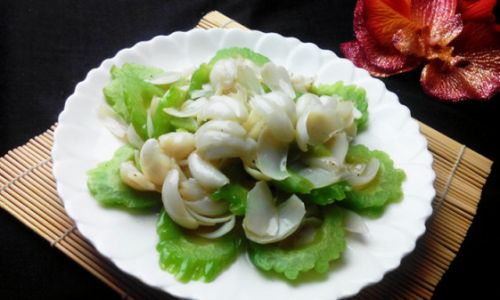
Age-Appropriate Lily Bulb Recipes for Babies
Simple Steamed Lily Puree (6+ Months)
Ingredients:
- 1 medium lily bulb, peeled and cleaned
- 2–3 tbsp breast milk, formula, or water (for thinning)
Instructions:
- Steam the lily bulb for 15–20 minutes until tender. Pierce with a fork to check for softness.
- Transfer to a blender or food processor. Add a small amount of liquid to achieve a smooth, runny consistency.
- Serve warm or at room temperature.
Tips:
- Freeze leftover puree in ice cube trays for convenient portions.
- Mix with mashed avocado or banana for added creaminess.
Lily and Apple Mash (7+ Months)
Ingredients:
- ½ lily bulb, peeled and cleaned
- 1 small apple (sweet varieties like Fuji or Gala work best)
- ¼ tsp cinnamon (optional)
Instructions:
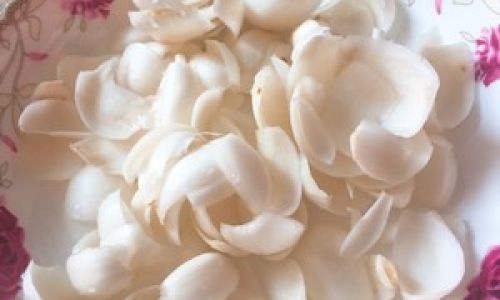
- Steam the lily bulb and apple (peeled, cored, and chopped) together for 12–15 minutes.
- Mash with a fork or blend until smooth. Stir in cinnamon for flavor.
Why It Works: Apples add natural sweetness and fiber, balancing the lily’s mild bitterness.
Lily and Sweet Potato Blend (8+ Months)
Ingredients:
- ½ lily bulb
- ½ small sweet potato
- 1–2 tbsp plain yogurt (full-fat, unsweetened)
Instructions:
- Roast the sweet potato at 400°F (200°C) for 30 minutes until soft.
- Steam the lily bulb separately for 15 minutes.
- Combine both ingredients in a blender with yogurt. Puree until creamy.
Nutritional Boost: Sweet potatoes provide beta-carotene, while yogurt introduces probiotics for gut health.
Lily and Chicken Mixture (9+ Months)
Ingredients:
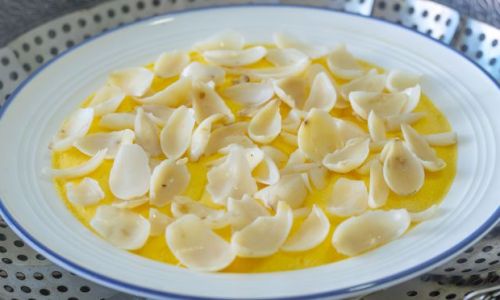
- ¼ lily bulb
- 1 oz boneless, skinless chicken breast
- 1 tsp olive oil
Instructions:
- Boil the chicken until fully cooked (no pink remains). Shred finely.
- Steam the lily bulb until tender. Mash with a fork.
- Mix chicken and lily, adding olive oil for moisture.
Pro Tip: This recipe introduces mild protein, perfect for babies exploring meat.
Lily and Quinoa Cereal (10+ Months)
Ingredients:
- ¼ lily bulb
- 2 tbsp quinoa, rinsed
- 1 cup water or low-sodium vegetable broth
Instructions:
- Cook quinoa in broth until fluffy (about 15 minutes).
- Steam the lily bulb and mash.
- Combine quinoa and lily, adding breast milk or formula to adjust thickness.
Why It’s Great: Quinoa offers plant-based protein and iron, complementing the lily’s fiber.
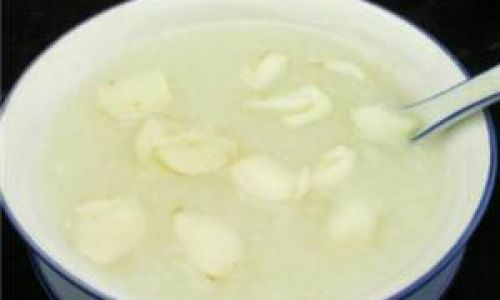
Safety First: Precautions When Feeding Lily Bulbs to Babies
- Thorough Cooking: Undercooked lily bulbs can be tough and difficult to digest. Always steam or boil until soft.
- Avoid Seasonings: Skip salt, sugar, or spices in early recipes to prevent strain on immature kidneys.
- Allergy Watch: While rare, lilies can cause allergic reactions. Introduce a small amount first and monitor for hives, vomiting, or diarrhea.
- Choking Hazards: For babies under 12 months, ensure all food is pureed or mashed to a smooth consistency.
- Portion Control: Start with 1–2 teaspoons and gradually increase as tolerated.
Storing and Serving Lily Bulb Preparations
- Freezing: Pour purees into silicone ice cube trays. Once frozen, transfer to airtight bags labeled with the date. Use within 1–2 months.
- Thawing: Defrost in the refrigerator overnight or using a bowl of warm water. Avoid microwaving, as it can create hotspots.
- Serving Temperature: Always test the temperature on your wrist before feeding.
Addressing Common Concerns
Q: My baby seems gassy after eating lily bulbs. What should I do?
A: Lily bulbs contain inulin, a prebiotic fiber that may cause gas in some infants. Reduce portion sizes and ensure thorough cooking. If gas persists, discontinue use and consult a pediatrician.
Q: Can I use dried lily bulbs instead of fresh?
A: Dried lilies are tougher and require longer soaking (overnight) and cooking times. They may also have a stronger flavor. Fresh is recommended for babies.
Q: When can I stop pureeing lily bulbs?
A: Around 9–10 months, most babies can handle soft, mashed textures. Offer finely chopped, cooked lily bulbs alongside diced soft fruits or veggies for finger food practice.
Conclusion
Introducing lily bulbs to your baby’s diet can be a rewarding way to diversify their palate while delivering essential nutrients. By prioritizing freshness, proper preparation, and age-appropriate textures, you can safely incorporate this ingredient into meals. Remember to consult your pediatrician before introducing new foods, especially if your baby has a history of food sensitivities or digestive issues. With patience and creativity, lily bulbs can become a cherished addition to your little one’s culinary journey. Bon appétit, baby!
Word Count: 1,450+
This article provides a comprehensive guide to preparing lily bulbs for babies, balancing nutritional insights, practical recipes, and safety guidelines to empower parents in their feeding journey.
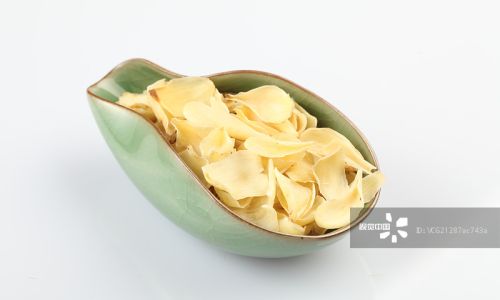
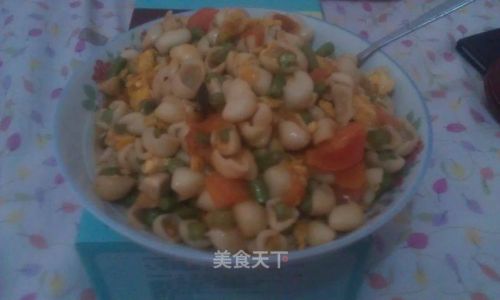
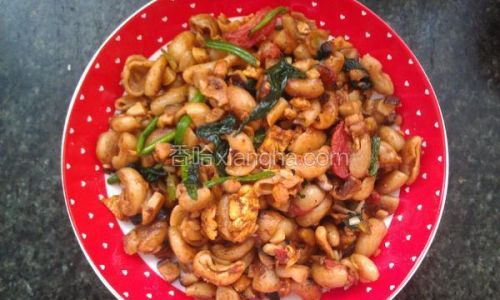
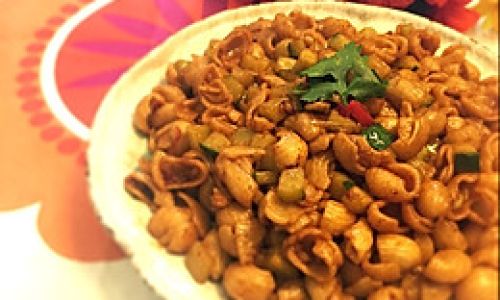


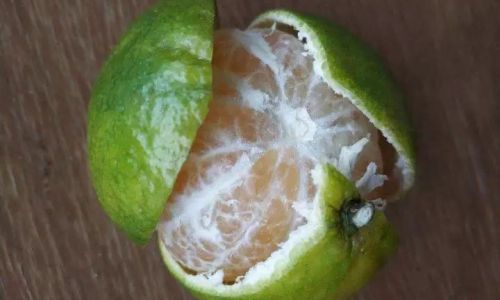
0 comments